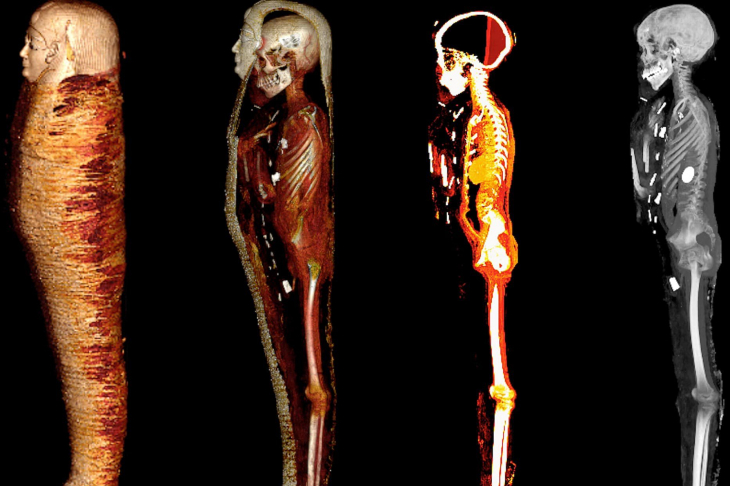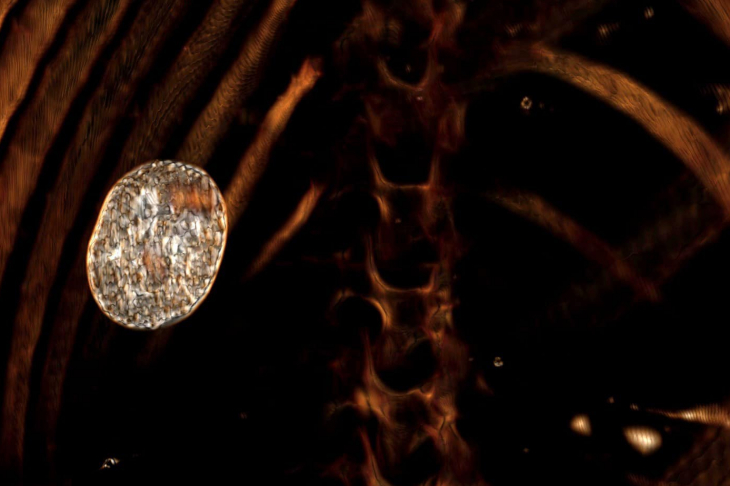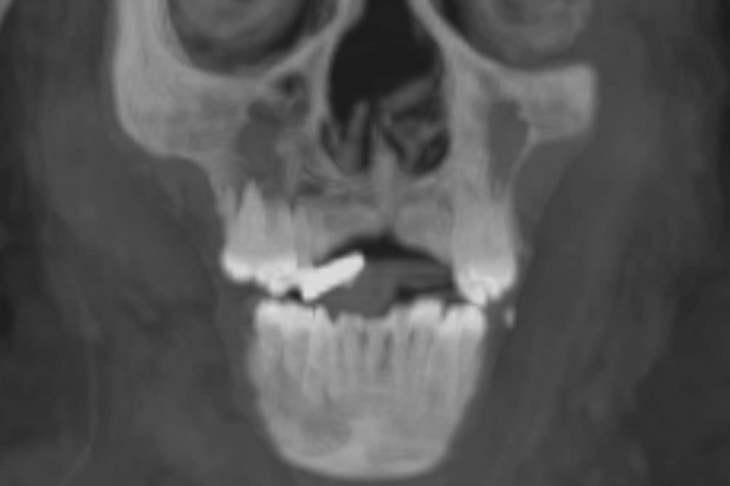February 14, 2023
A new scientific study using CT scanning and 3D printing found new information about a mummy stored in the basement of the Egyptian Museum. The mummy known as the "golden mummy" had been stored underground for more than a century before it was analyzed. The study's findings were published on January 24, 2023, in the journal Frontiers in Medicine by Egyptian radiologist Dr. Sahar Saleem, Professor of Radiology at Cairo University.
The mummy was found completely wrapped in a grave dating from the Ptolemaic period (c. 300 B.C.) in Edfu, southern Egypt, in 1916. It was subsequently moved to the basement of the Egyptian Museum where it was left untouched for more than a century. The study used advanced radiology, modern computer programs, and three-dimensional printing to reveal that the mummy belonged to a 15-year-old boy.
The results of the analysis demonstrated that the mummification was of significant quality. The process involved removing the brain through the nostril, removing the viscera through a small incision in the lower abdomen, and inserting packs of resins inside the skull and body cavity. According to ancient Egyptian belief, ancient Egyptian embalmers kept the heart inside the body because it was believed to hold the thoughts and emotions of the deceased. In this case, the heart is visible in CT images within the chest cavity.
Additionally, the CT scans showed that the boy’s body was extensively decorated with 49 amulets which were beautifully tucked, in an arrangement of three columns, between the folds of the wrappings and inside the mummy’s body cavity. The amulets were of 21 different shapes including the eye of Horus, the scarab, and the horizon (akhet), the placenta, the knot of Isis, the two feathers, among others.
The CT measurements revealed that thirty of the amulets were made of gold, while the other ones were made of stone or earthenware. As a result, the study provided a unique, non-invasive opportunity to learn more about the different forms and arrangements of amulets on the mummy during mummy. The embalmers placed amulets to protect the body and the deceased in the afterlife. A golden tongue-shaped amulet was placed in the mummy's mouth so that he could receive the word function in the afterlife. An amulet with two fingers was also placed under the trunk, to protect and perhaps cure the embalming incision.
The fruitful cooperation and study by radiologist Dr. Sahar Saleem and the director of the Egyptian Museum, Ms. Sabah Abdel Razek, and Mr. Mahmoud Al Halwagy, an Egyptologist, shed light on social life in ancient Egypt, thousands of years ago. It provided a more in-depth understanding of ancient Egyptian beliefs and funerary rituals, as well as the technical skills employed in mummification and in the production of amulets, masks, and decorations.
After the study was carried out, the Egyptian Museum decided to move the mummy from the museum's storage and exhibit it in the museum's main galleries. The mummy got the nickname "Golden Boy's Mummy". CT images are displayed next to the mummy to add a single display element, offering museum visitors a special experience that combines Egyptology and technology.










Petra Howerton
Jeanna Ontiveros
If you wish to receive more information on our new tours, events and news of our portal, please enter your e-mail address:
